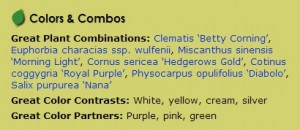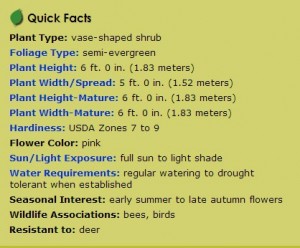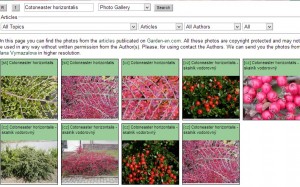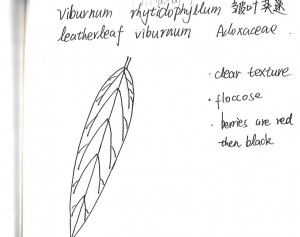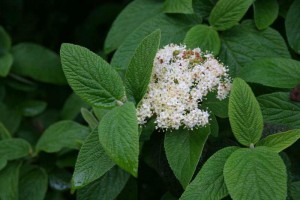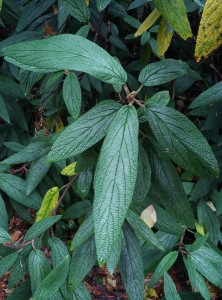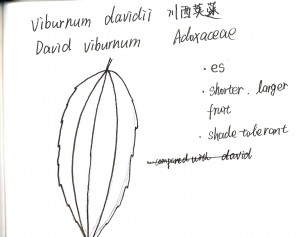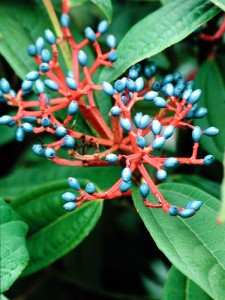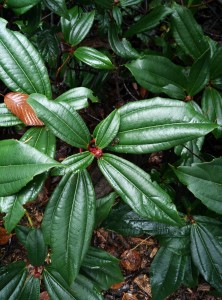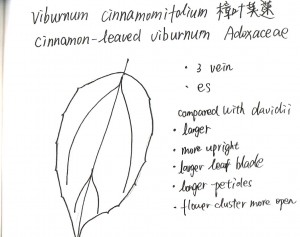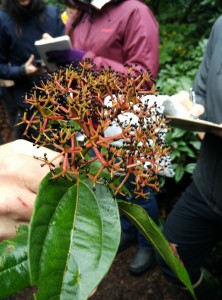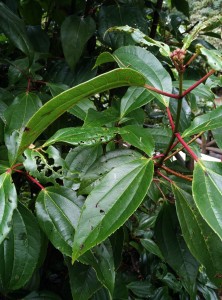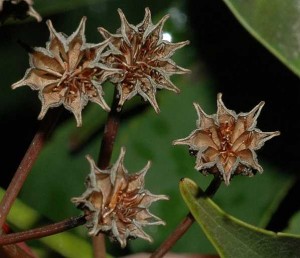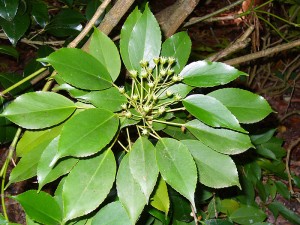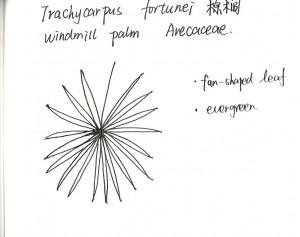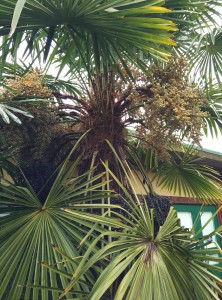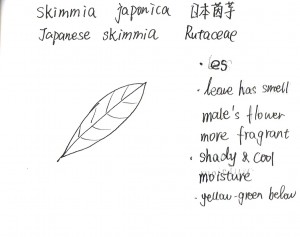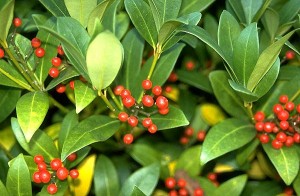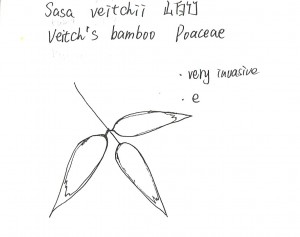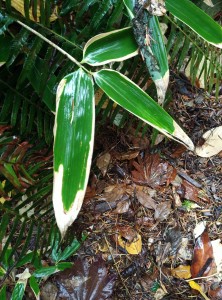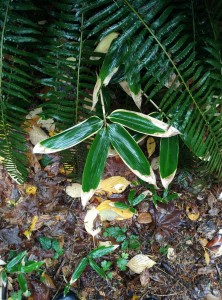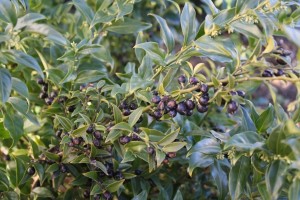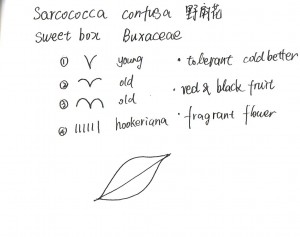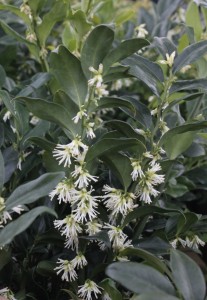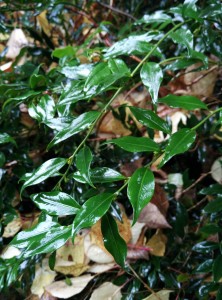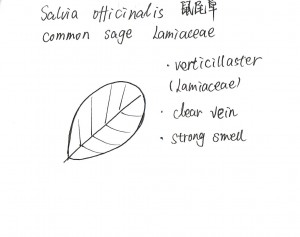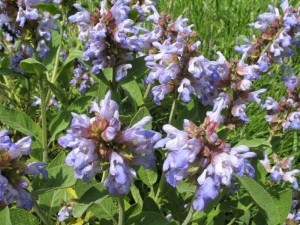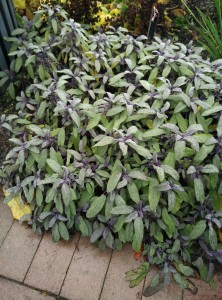Print-based:
[1] Plants of Coastal British Columbia: Including Washington, Oregon and Alaska, Jim Pojar, Andy MacKinnon.
There are lots of plants contained in this book. Besides trees and shrub, there are wildflowers, grasses, mosses, lichens and so on. It also has very comprehensive descriptions of the native usage. What’s more I do like the pictures which clearly shows the character of the plant. However it is a pity that not every plant has pictures or skethes.
Digital
[1] http://www.greatplantpicks.org/plantlists/view/4
I like this website for one reason is it have suggestions for what kind of plant can be plant together with the plant that you are looking at. Really specific recommendation and usually with the cultivar.
Show which plant can be grown together
What’s more, the information on this website is quite brief. You can always find what you want easily. And I like it have the height both in feet and meters.
Brief introduction
[2] http://www.garden-en.com/s/en/
This is a very good website to find pictures for the plant. It shows clearly about what the flower, fruit, leaves, buds and truck looks like. I will say it is better to take photos on one’s own. But if you see a plant in a wrong time, like there’s no flower on it. This website can let you know what the other part of the plant looks like.
The photo gallery
